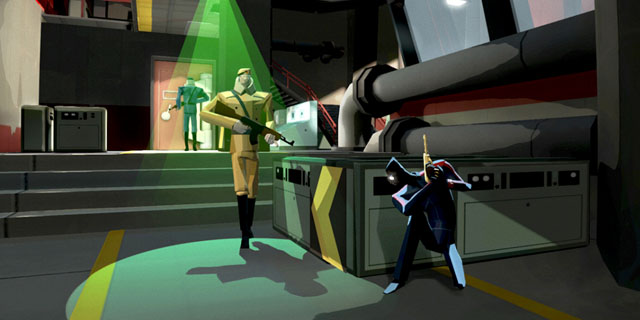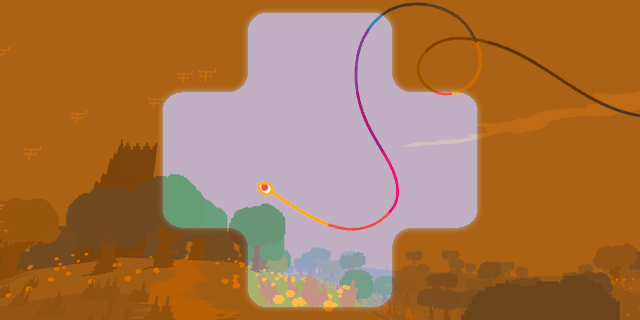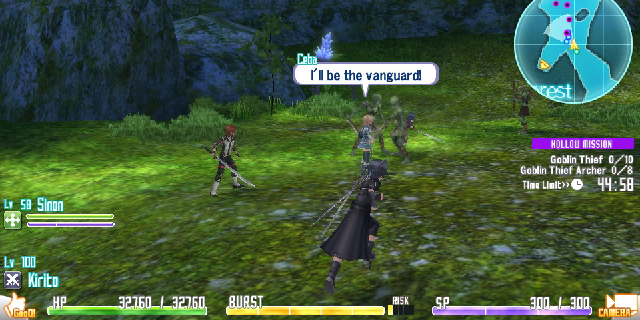
Stealth games have gone through somewhat of a renaissance as of late, augmenting traditionally rigid mechanics you associate with the genre for something more forgiving. This is a way to introduce the genre to new players without alienating the veterans, and it doesn’t seem to be going away anytime soon. CounterSpy continues this new traditional in style, with randomly generated side-scrolling levels and a focus on maintaining the balance between pure stealth and action. READ MORE

As I mention in my review of the new indie title Hohokum, I prefer games with structure versus those that tend to let you roam free, learning as you go. Hohokum’s aimless approach was both its greatest strength and weakness, yet it made me realize I appreciate similar titles and their approach to that design. It’s not the best example of this approach to game design, but it had me thinking about those design philosophies and how important they are to gaming as a whole.
READ MORE

Emulating another genre within a game has been met with varying levels of success. Probably the most well-known of an MMO-within-a-game structure is the .hack series. That franchise spanned seven games and, for the most part, did its best to emulate the MMO structure inside a “regular” RPG of sorts. Years after .hack made an appearance in both anime and video games, Sword Art Online: Hollow Fragment rolls around with a similar premise. Is SAO able to raise the bar on this kind of formula? READ MORE

I’ve been sitting here, staring at a blank page for almost an hour. How do you write about a game like Hohokum? I recall my adventures with the game’s lead “character,” taking me through vast worlds full of bizarre characters and creatures that are all unique, yet somehow feel singular. It’s a game with no real premise or clear objectives, yet I found myself (sometimes) engaged with its colorful landscapes. Let’s explore Hohokum and see if we can dissect it, shall we?
READ MORE

Everyone does Top 10 Games lists. The problem with those? Usually, they’re full of games that earn a place because of nostalgia or industry significance. Here at Snackbar Games, we like being a little more practical: if you’re looking to just have fun, what games should you pick up and play today? This time, we grab the indigo box by the handle and take a look at the GameCube.
Paper Mario: The Thousand-Year Door
The original Paper Mario came out very late in the N64’s life cycle, and as a result, many missed out on this still-beautiful gem of a game. With Paper Mario: The Thousand-Year Door, Intelligent Systems strove to improve the formula for a new generation of hardware and completely succeeded. This 2004 sequel has Mario journeying through the land of Rogueport while trying to rescue Princess Peach (again), meeting quirky new friends like Goombella and Professor Frankly and collecting crystal stars to open the titular Thousand-Year Door. The 2D sprites against the 3D background look fantastic, the buddies are a treat and the scenarios (particularly the coliseum section) worked well to set the pace. It’s a joy to play, and a respectable continuation of the Mario RPG series. – Henry Skey
READ MORE
























